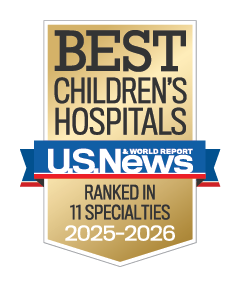Search Videos and More
 News
News
Pediatric Surgical Services Newsletter - July 2021
In this issue: UCSF Benioff Children’s Hospital San Francisco Voice and Swallowing CenterTreats Feeding Issues, Voice Changes and Other Pediatric Conditions, New Ingrown Toenail Clinic at UCSF Benioff Children’s Hospital Oakland, Center Treats Limb Length Discrepancies and Deformities. Video
Video
Return-to-Play After COVID: An Update on Heart and Vaccine Concerns in Pediatric Patients
Pediatric cardiologist Lisa Arcilla, MD, FACC, presents a timely guide to identifying youngsters at risk for cardiac involvement from COVID-19. News
News
Pediatric Surgical Services Newsletter - June 2021
In this issue: Pectus Clinic Helps Correct Chest Wall Abnormalities, Nerve Blocks Reduce Use of Opioids for Postoperative Pain Management, Vertebral Tethering Offers Option for Treating Scoliosis, Coleen Sabatini, MD, MPH, keynote speaker at UCSF Pediatric Musculoskeletal Conference, June 25. Video
Video
The Robot Will Assist You Now: Better Techniques for Blocked Kidneys in Kids
Laurence S. Baskin, MD, UCSF’s chief of pediatric urology, offers an exciting look at how specialists are using the da Vinci robot to enhance the precision of pediatric pyeloplasty. Video
Video
From Knees to Toes: Straight Talk on Common Orthopedic Abnormalities in Kids
Pediatricians see numerous leg and foot discrepancies, ranging from simple in utero “packaging” problems to red flags for serious disorders, such as cerebral palsy. Video
Video
Childhood Tooth Decay: An Epidemic With Solutions Rooted in Primary Care
Pediatric dentist Ray Stewart, DMD, MS, explores the reasons so many toddlers have cavities before their first dental visit, the condition’s impact on physical health, and longstanding barriers to fixing the problem.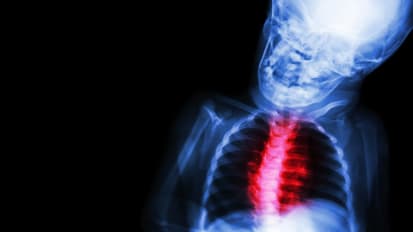 Video
Video
Congenital Heart Disease: The Value and Future of Fetal Screening
With CHD often discovered in low-risk pregnancies and associated with neurodevelopmental deficits, the need for more screening and advanced techniques is clear.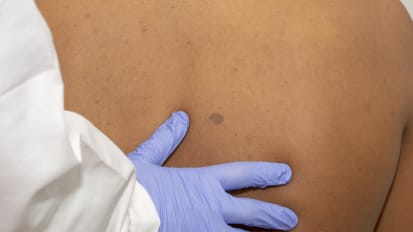 Video
Video
Neurofibromatosis Update: The Primary Care Provider’s Role and New Hope in Treating Tumors
Pediatric neurologist Alyssa T. Reddy, MD, director of the UCSF Neurofibromatosis Program, breaks down the complex, multisystem signs of NF1, among the most common inherited neurologic disorders. Video
Video
Concussion in Kids: Keys to Diagnosis and Recovery Optimization
This guide for the primary care provider covers concussion assessment tools; explains when imaging is essential and which technologies offer the most value; and reports the latest on treatments to speed recovery, including amended perspectives on strict rest and certain medications.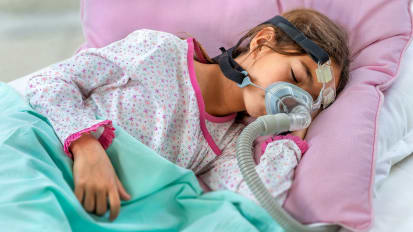 Video
Video
Serious Snoring: How to Identify and Care for Kids With Obstructive Sleep Apnea
OSA in children has physical and behavioral consequences. Yet it’s challenging to diagnose and determine appropriate treatments, which range from monitoring to medications to surgeries. Video
Video
Bone Up on Pediatric Fractures: A Lesson on Types and Respecting the Growth Plate
Young bone is different from mature bone – so kids’ bones break and heal differently. Orthopedic surgeon Ravinder Brar, MD, MPH, offers a refresher on the remodeling process and elucidates the widely used Salter-Harris classification system for fractures involving the physis, illustrating each type with case X-ray images.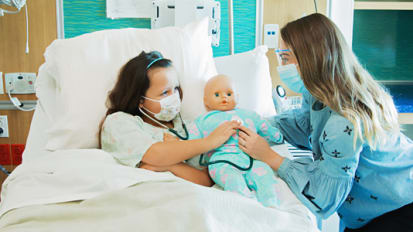 News
News
Pediatric Surgical Services Newsletter - May 2021
In this issue: Back-to-school sports trigger increase in injuries, Concussion guides and care plans now available, LIFE clinic follows children with congenital anomalies, UCSF Pediatric Musculoskeletal Conference for Primary Care Providers slated for June 25.

